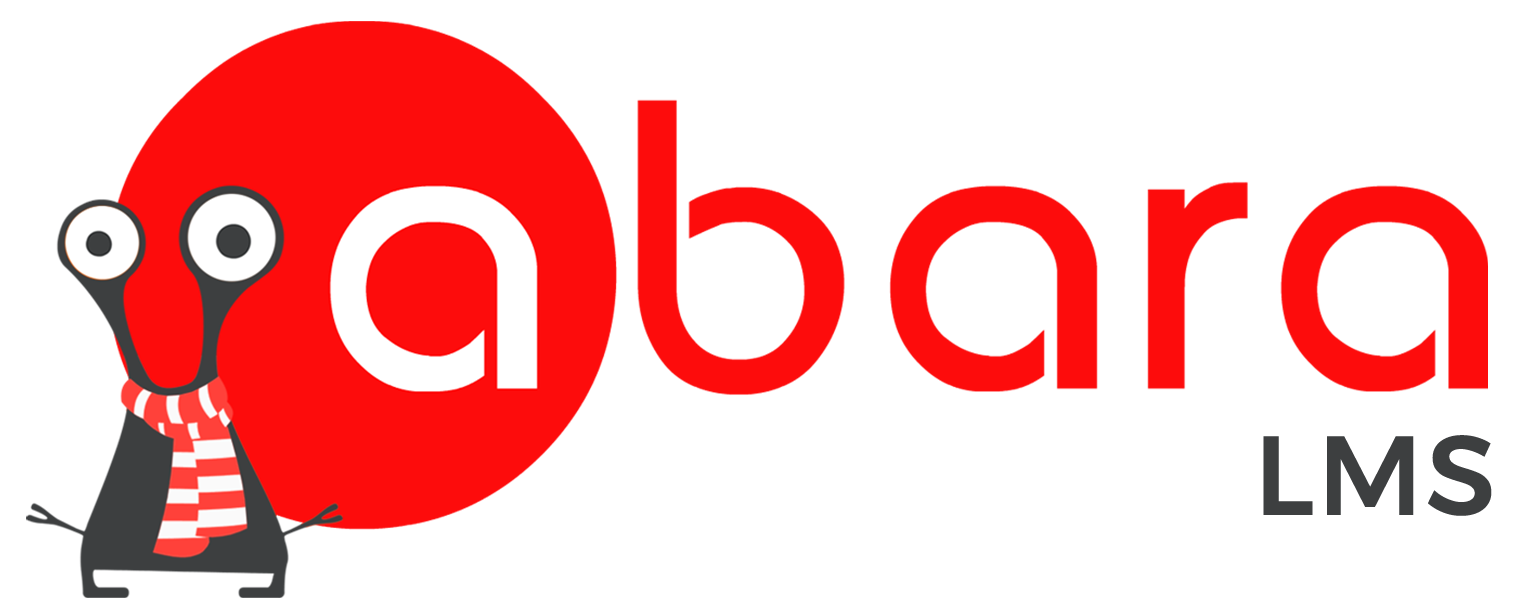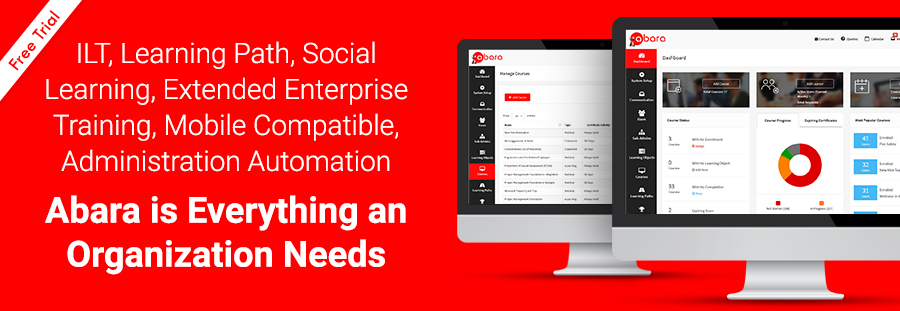LMS Customizations sound fantastic to have, but are they really? Realistically, a customized LMS can add to an already complicated process your organization is trying to simplify in the first place.
As an LMS vendor, we receive many customization requests. Sometimes, these requests genuinely make sense, hence adding it to the LMS makes sense. However, most do not. And that is either from the practicality side of things or it’s simply just not possible. Needless to say, when clients still press for these customizations, things go wrong, and that is what this article aims to address.
On this Page
Why Try and Avoid LMS Customizations?
Before we begin, it’s true that some customizations are unavoidable. In such cases, try mapping as much of your workflow to the LMS’s existing features. Any workflow that doesn’t map to an existing feature could be considered for customization.
However, take that decision only after considering the consequences of customizing an LMS:
LMS Customizations Add to Costs
LMS customizations are not free. Extra efforts warrant added costs.
If the LMS in consideration is an off-the-shelf platform, customizing it directly adds to the existing cost of the LMS.
Based on the complication, functionality, script size, and human hours, the cost to customize increases. Hence, the need to custom build a feature should definitely justify the price to customize.
Maintenance and Support is Not Easy
This is where customizations really become a problem. Vendors train their programmers on a set of scripts and codes which are standard to their LMS.
When considering a custom LMS, the features are built and implemented using custom code scripts known only to the programmer/s who build it, making it very builder dependent.
In the event of a breakdown, only the programmer/s who worked on the customization know how to solve the problems. In their absence, a new programmer has to understand the existing code to address the situation, which is not so easy. Moreover, LMS platforms periodically undergo vendor released software updates. As the stock LMS is updated, your custom feature codes and scripts need updating as well, which the vendor may forget to account for!
Again, the vendor puts in additional efforts to update your custom LMS features. And, this results in additional costs whereas updates rolled out by vendors are usually free.
Basically, a usually complication free and straightforward process is now complicated and requires additional efforts on everybody’s part.
Risk of Missing Out on Important Features
Once again, as the vendor rolls out new features, the chances of a conflict between the customization and new feature are real.
Conflicts between the vendor updates and your custom features is possible as the vendor may not take into account your organization’s custom feature when developing their new feature.
Workflow overlaps and redundant actions are very real in such cases. Finally, either your organization’s LMS architecture needs an overhaul to fit both the customization and the new feature or it simply drops one and accepts the other.
LMS Customizations are Clunky to Operate
When designing an LMS, a product roadmap outlines the general architecture of the platform.
Roadmaps takes into account the size of the LMS in computer bits; its ability to work on multiple platforms—mostly mobile; and the UI and UX—placement of buttons, tabs, and actions on all devices.
An unaccounted for—customized—feature doesn’t fit into a vendors predefined roadmap. Therefore, when adding a customization, the UI and UX for all devices is re-adjusted to account for the customized buttons and texts; increased size of the LMS in computer bits; and general unwieldiness of the LMS.
As a result, a vendor’s roadmap is critical to ensuring a smooth development process, hence, it is advisable to opt for an LMS with minimal diversions.
Cannot Account for Change in Workflows
LMS customizations are a way to include training workflows that are unique to an organization into a platform.
As a general practice, workflows and processes change with time to account for advances in training. As a result, a change in your workflow may render a customized feature useless. A workflow or a process unique and relevant to your organization today may change and update in the future.
The only option in is to re-engineer the customized feature or add a whole new customization to the LMS.
Conclusion
Customizations are always a last resort unless your organization has the budgets to sustain their maintenance, updates, and change in workflows. Moreover, if the added complications are something your IT staff can address, it makes sense to go ahead and customize. In all other conditions, try to best map the features available on the LMS to your needs to its fullest.
At Abara, our LMS is highly customizable to look and feel the way you want it to. And when it comes to features, we provide integrations instead. This way, all our updates to your LMS are free and supported. To know more, reach out to us at contact@abaralms.com or Click Here m to schedule a call back!
However, if you’re interested in developing customized eLearning course, we have you covered! Customized eLearning is the best way to engage and train your employees to do their best. Reach out to us at eNyota Learning to know more.


